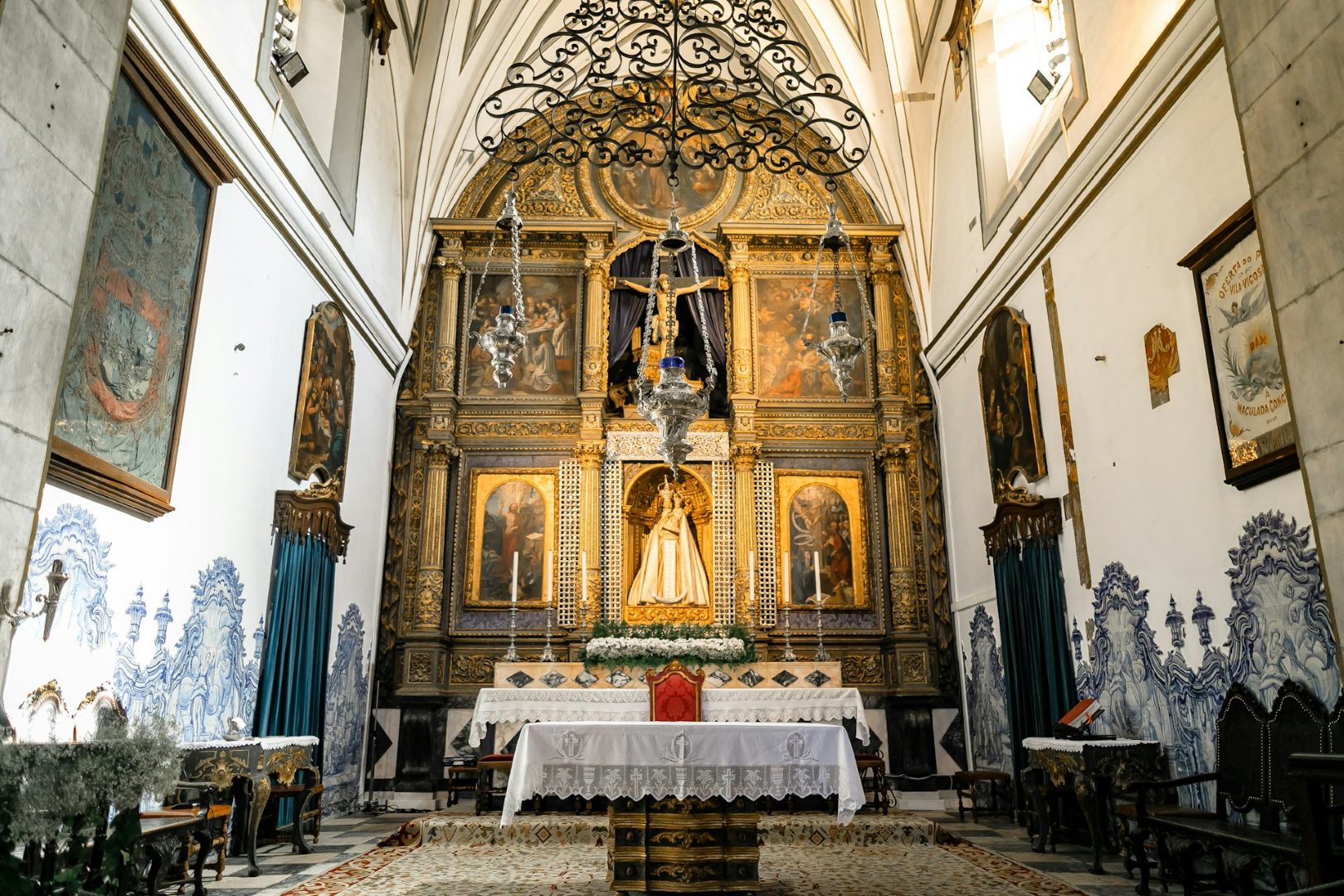Introduction:
Stone churches, with their majestic facades and timeless appeal, have captured the hearts and imaginations of generations. Their enduring presence in various architectural styles and cultural contexts speaks volumes of their significance. This comprehensive guide will delve into the fascinating world of stone churches, exploring their history, architectural features, symbolism, and ongoing relevance in contemporary society.
History of Stone Churches:
The origins of stone churches can be traced back to the early Christian period, around the 4th century AD. As Christianity spread throughout the Roman Empire, the need for larger and more permanent places of worship emerged. Stone, with its durability and inherent grandeur, became the preferred building material for these structures.
In the Middle Ages, stone churches became increasingly elaborate, showcasing the architectural prowess of their builders. The Romanesque and Gothic styles dominated this period, characterized by massive walls, arched doorways, and intricate carvings.
Architectural Features of Stone Churches:
Exterior:
- Solid stone walls: The most striking feature of stone churches is their solid and imposing stone walls, which provide a sense of permanence and solidity.
- Arched entrances: Many stone churches feature arched entrances with ornate carvings or sculptures, often depicting biblical scenes or figures.
- Steeples and towers: Stone churches often have tall steeples or towers that serve as landmarks and provide a commanding view of the surrounding area.
Interior:
- Spacious halls: The interiors of stone churches are typically spacious, with high ceilings and wide aisles, creating a sense of grandeur and awe.
- Stained glass windows: Many stone churches feature beautiful stained glass windows that filter light in vibrant colors, creating a serene and contemplative atmosphere.
- Intricate carvings and sculptures: Stone churches are often adorned with intricate carvings and sculptures, depicting religious figures, biblical scenes, or symbolic motifs.
Symbolism of Stone Churches:
Beyond their architectural significance, stone churches hold deep symbolic meanings in Christian tradition:
- Strength and permanence: The solid stone walls represent the strength and permanence of the Christian faith, enduring through time and trials.
- Light and hope: The stained glass windows allow light to filter through, symbolizing the hope and guidance offered by Christianity in the face of darkness.
- Community and unity: Stone churches serve as gathering places for communities, fostering a sense of unity and belonging among worshippers.
Relevance of Stone Churches in Contemporary Society:
Despite their historical origins, stone churches continue to play a vital role in contemporary society:
- Places of worship: Stone churches remain active places of worship for millions of Christians worldwide, offering a sacred space for prayer, communion, and spiritual growth.
- Historical and cultural landmarks: Many stone churches are designated as historical or cultural landmarks, preserving the architectural heritage of past generations.
- Tourist attractions: Stone churches often attract tourists and visitors interested in their architectural beauty, historical significance, and cultural value.
Conclusion:
Stone churches stand as testament to the enduring power of faith, architectural ingenuity, and enduring cultural significance. Their majestic facades, intricate interiors, and profound symbolism have captivated generations. As we continue to appreciate their beauty and historical value, stone churches remain vibrant and relevant places of worship, community gathering, and cultural heritage.



